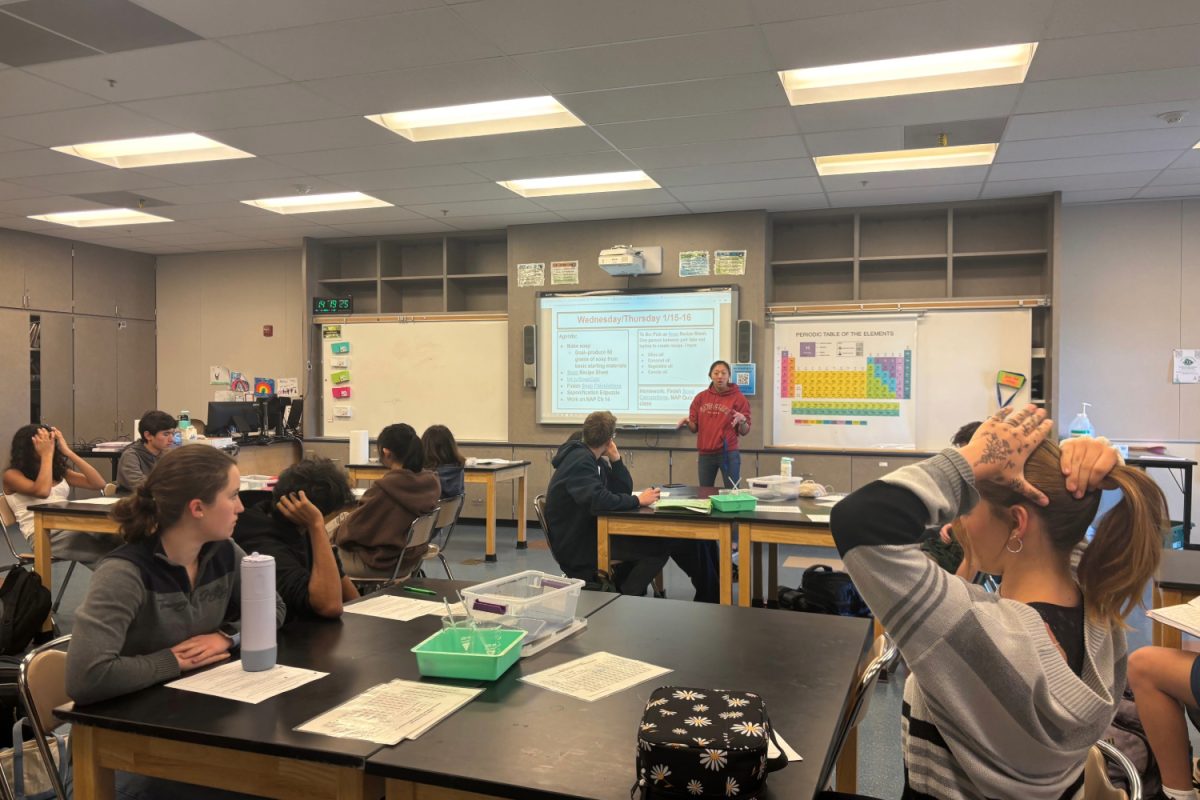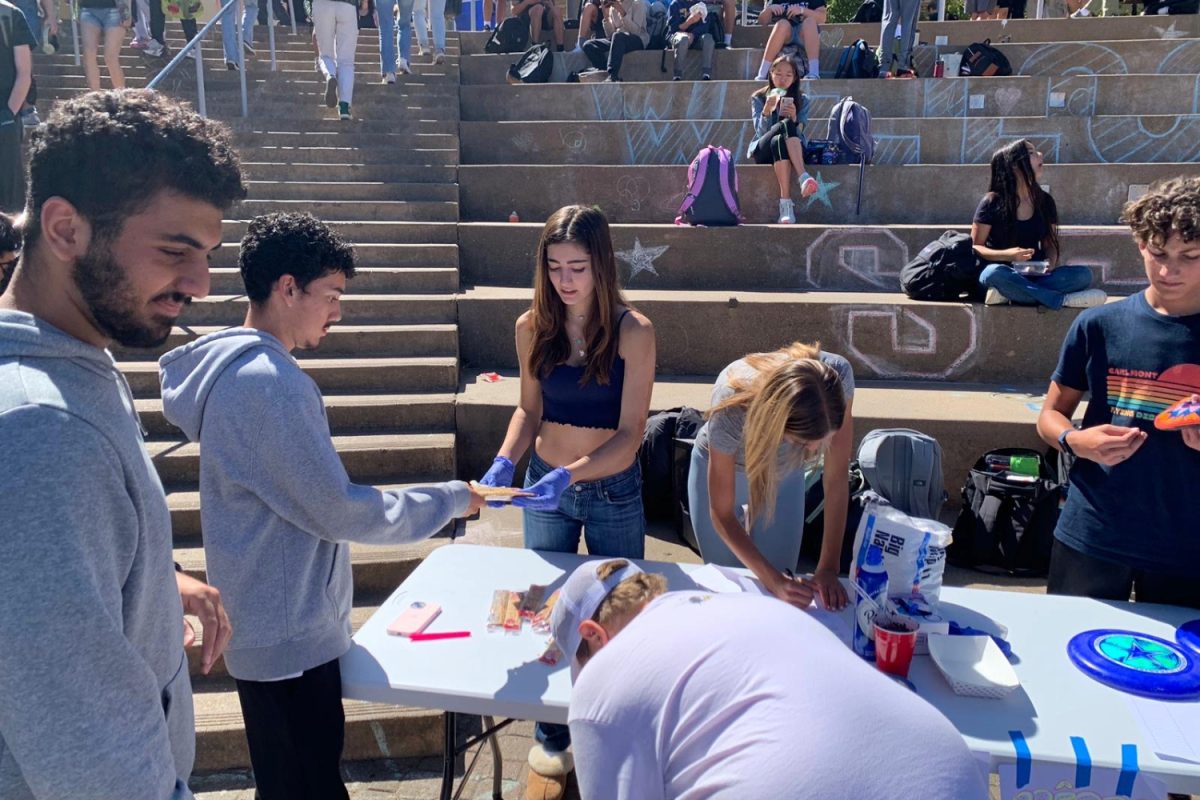Classic rock! Swing! Folk! Classical! Rap! Even Lil Nas X!
These are all examples of what some of our teachers are listening to right now or during their high school experience.
Many of our teachers are Generation X or millennials, and while some are open to newer pop and rap music, others still prefer to listen to classic rock and ’70s music. Additionally, teachers have their students to further expose them to trending music.
Many teachers have developed their music taste further since they were teenagers. Now, the difference between the listening styles is significant and impactful.
“I used to listen to more albums, over and over. I had about 40 to 50 CDs in a bulky case,” said interim principal Sean Priest. “Now, with streaming, I have a massive library in my pocket containing pretty much everything. I find I don’t repeat songs as much. If I like a track, I add it to a playlist.”
However, some still choose to listen to the older music and use older technology because that’s what they are used to.
“I prefer [listening] on old stereos as opposed to… on iPod or something like that with headphones. I know I don’t like that as much,” said geometry and calculus teacher Micheal Skrable. “My wife makes fun of me, she even got me [an iPod] for Christmas, but I never use it, I like my CDs.”
Yet, as technology changes, so does the music being made. Some may think that it is unexpected that a teacher would enjoy listening to the popular music of today. Still, Michael O’Neall, the biology and AP environmental science teacher, really likes it.
“I’ve been listening to Lil Nas X’s Montero album a lot lately,” O’Neall said.
Every teacher had a different policy on music in the classroom. Some are against it while others encourage it. Some studies show that listening to music while working can be distracting.
Jordan Webster, the band, orchestra, and Spanish teacher, constantly plays music, especially in band or orchestra. She supports other research that shows studying with music and being in a musical environment is beneficial for students’ brains.
“[The students] listen to music all the time when they’re in band or orchestra,” Webster said. “In my Spanish class, I usually open the class with some kind of music. Either something from the Spanish-speaking world that I want them to get a taste of or something that puts everyone in the right mood.”
There are always debates on whether or not music should be played during class. It usually depends on the situation and what type of classwork is done.
“During the passing period, I usually try to play either sea shanties or folk songs. During class, if we play music it’s always songs without lyrics like electro-swing or classical music,” O’Neall said. “The downsides are the music itself can be distracting and it can sometimes hinder students from communicating with each other.”
Nonetheless, most students play their own style of music when allowed to independently plug in headphones.
The everchanging evolution of music and what is popular doesn’t end here. No one knows what the future holds for music and how it will all change.
“I feel like it’s so hard to define ‘current music’ because so many people have different tastes,” O’Neall said. “I tend to find a lot of new music that I enjoy though I tend to listen to older music more.”














